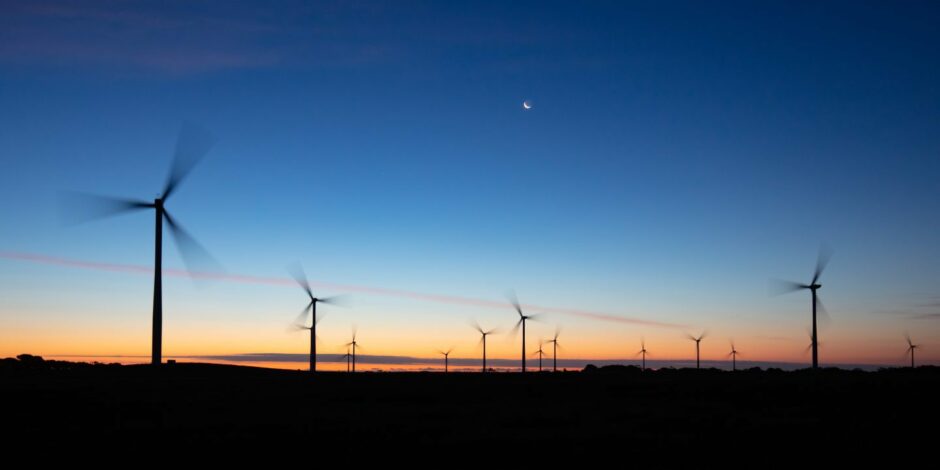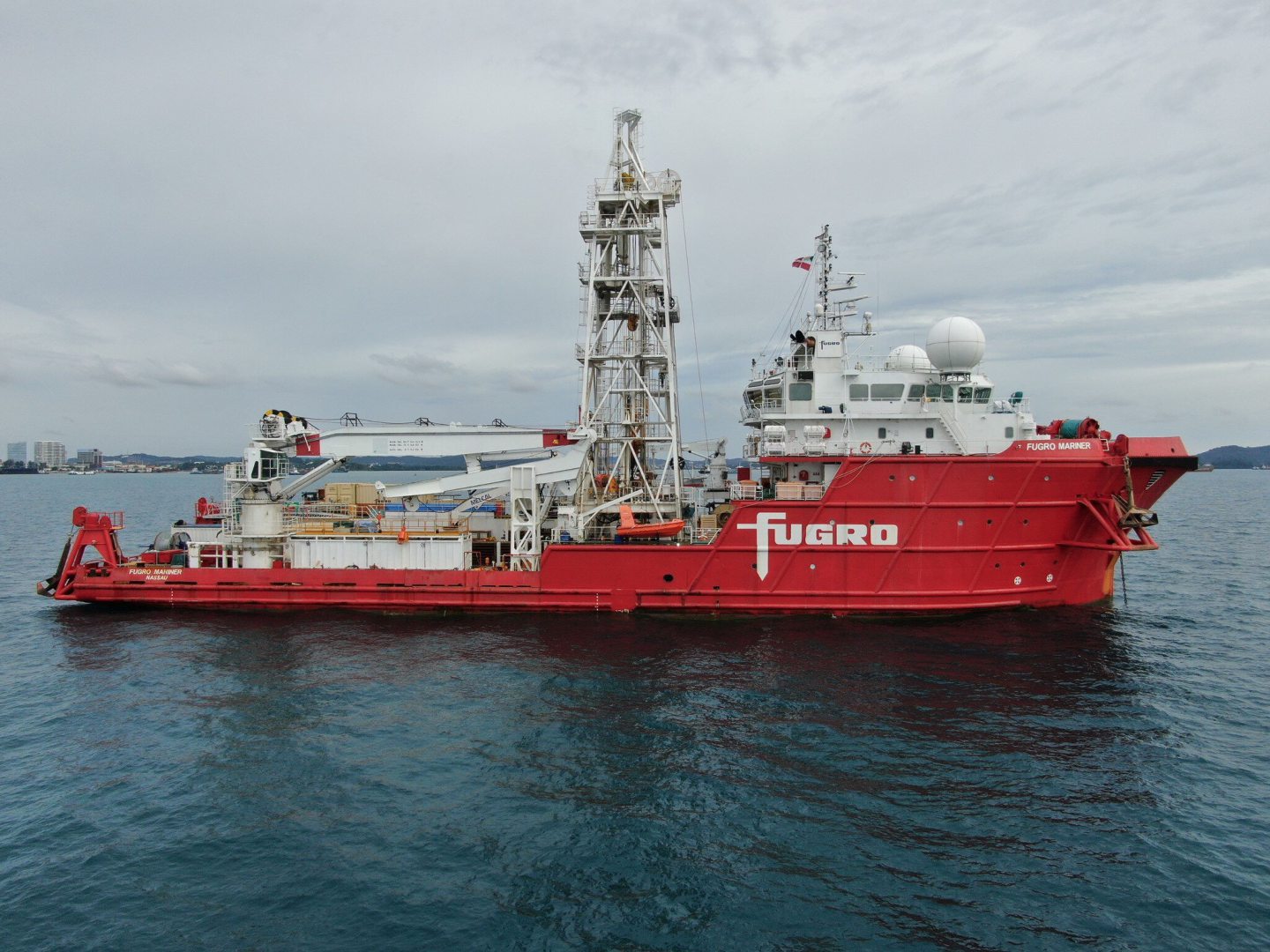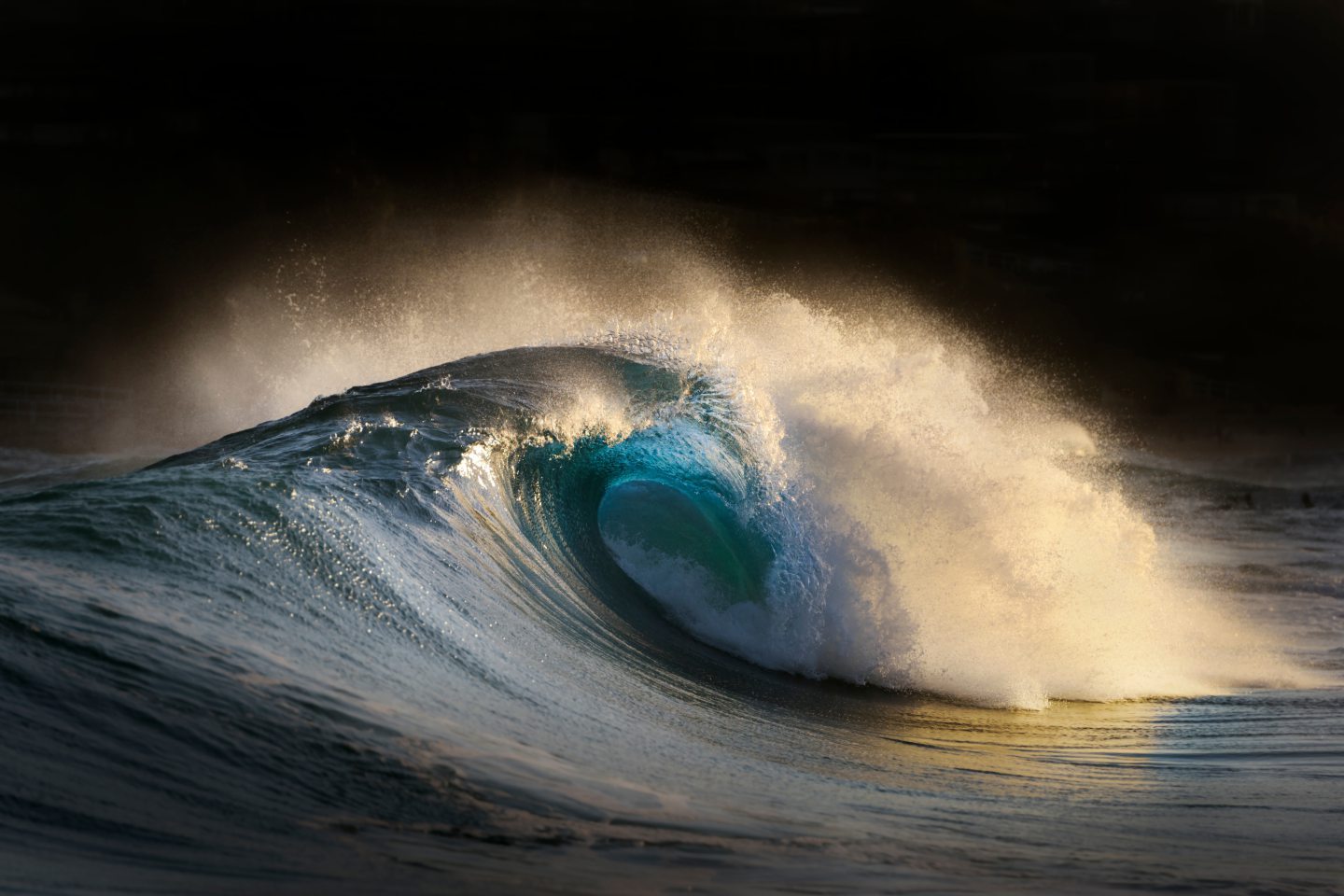
Australia has big hopes for offshore wind, aiming to ramp up renewable energy and attract big bucks from developers.
The move comes, though, as the sector faces challenges. A number of projects in Europe and the US have run into difficulties, with operators and builders seeking to renegotiate contracts.
The government is aiming to provide 82% of its grid needs from renewable power by 2030. Australian Energy Market Operator (AEMO) has said the country may add up to 20 GW of wind generation by that point.
Australia’s Clean Energy Council has tracked 50 GW of announced projects around the country.
Onshore wind is relatively mature in Australia. “Taking wind offshore allows wind farms to be scaled up to generate more energy, more efficiently, with fewer installations,” Kathleen Devereaux, Australian Trade and Investment Commission (Austrade) investment director for UK and Ireland, said.
“These benefits, combined with access to more reliable and consistent wind speeds and reducing costs means that offshore windfarms are becoming increasingly competitive.”
The country faces a tough task in achieving its targets. Developers have guided to 10 years for an offshore wind farm to move from idea to generation.
Dr Nina Levy, Fugro’s service line manager for geophysics and geotechnical, said there was “still some way to go” for Australia. She pointed to a conclusion from the Clean Energy Council, which reported renewables made up 35.9% of Australia’s power in 2022. This is up from 32.5% in 2021.
Australia has “tremendous potential for offshore wind”, Levy said. The country has “vast coastline and strong winds that offers an unparalleled opportunity”.
Zoned out
The government released its Offshore Electricity Infrastructure Regulations 2022 in November last year. Austrade noted that Australia had proposed six regions for development in August 2022. The government has officially declared two of these: off the coast of Gippsland, in Victoria, and the Hunter Valley in New South Wales.
Illawarra in NSW is under consultation and the consultation process has finished at Portland, off Victoria. The government is also considering the Bass Strait region off Northern Tasmania offshore Perth, in Western Australia.
The state of Victoria has set out targets of 2 GW of offshore wind by 2032. It would aim to increase this to 4 GW by 2035 and 9 GW by 2040.
The state has said 13 GW would be achievable, focused off Gippsland and Portland. It could ramp up to as high as 33 GW by using resources in deeper water and further from shore.
Victoria has said onshore renewables would not be sufficient for the state to decarbonise, given the lack of available land. Importing electricity or hydrogen would be more risky, the government said.
The Australian government has tipped Victoria as a front runner in the race for offshore wind.
Australia has a system of renewable energy zones (REZs). These aim to cluster developments and benefit from economies of scale, Austrade’s Devereaux explained. “REZs include onshore and offshore areas, all of which are subject to the same regulatory processes.”
AEMO identified 41 of these sites across eastern Australia in mid-2022. The market operator has also singled out six offshore wind zones as part of its Integrated System Plan update.
Southern cross
Fugro carried out a geophysical site survey for the Star of the South (SOTS) wind project in 2019, Levy explained. SOTS is off Gippsland.
“Subsequently, Fugro was engaged by SOTS to perform a geotechnical survey in April 2023 using one of our dedicated geotechnical vessels, the Fugro Mariner,” she said. Australia has unique geology, Levy said, including its “unusual carbonate soil”.
This takes the “next step”, Levy continued, “sampling and measuring the in-situ strength to tens of metres depth below the seabed. As the first-ever marine geotechnical campaign in Australia for offshore wind, the survey data will be used to design offshore wind turbine foundation that are suited to the local seabed conditions.”
The government should award feasibility licences in Gippsland later this year, the Fugro official said. Other regions will follow.
“This is anticipated to be a catalyst for Australian offshore wind farm developments to embark down the pathway towards making offshore wind in Australia a reality,” Levy said.
Aiming high
One company that sees the potential of Australia’s offshore wind is BlueFloat. The country is “on the cusp of becoming a clean energy superpower”, Nick Sankey, BlueFloat Energy Australia country manager, said.
The company has announced four projects in Australia. The 1.7 GW Eastern Rise, 2.1 GW Greater Gippsland, 1.2 GW Southern Winds and 1.6 GW South Pacific, in a mix of floating and bottom-fixed turbines.
“Australia broadly, and certainly the four projects we have announced, are all strategically placed, possessing strong, reliable winds and located close to areas of high electricity demand and existing connections to the grid,” Sankey said.
Local support has been strong, he continued, noting the importance of working alongside communities.
“We’ve also broadly found government to be supportive. We’ve been working closely with governments at all levels who can see the opportunities that offshore wind can bring. Meanwhile, the federal government has established a clear policy framework for developing offshore wind projects, which ensures we have clarity on when and where we can build projects.”
BlueFloat is not the only international company to be paying attention to Australian opportunities.
EDF Renewables bought the Newcastle offshore wind farm earlier this year, a floating project under development. The site is in the Hunter REZ is close to the port and transmission networks. EDF said it planned to develop the wind site in stages, as coal-fired power plants wind down.
The Newcastle site has the potential for 10 GW of capacity.
Devereaux also noted the Sea Fern floating offshore wind project, which is backed by Ireland’s Simply Blue Group, the UK’s Subsea7 and Australia’s Spark Renewables. The trio set out their plan for the 2 GW project off Hunter in July.
Competition
While Australia has the right conditions to establish an offshore wind industry, it also faces challenges, not least in the global competition for this sort of investment.
Europe has led the charge into offshore wind racking, installing 2.5 GW in 2022 alone, according to Wind Europe. The US passed the Inflation Reduction Act (IRA) just over a year ago, immediately climbing the ranking for new investments.
Fugro’s Levy said that, closer to home, China, Taiwan, Japan and South Korea are all leading the development of offshore renewables.
“The lack of local supply chain, ports infrastructure, fabrication capability and specialist marine plant remain some of the biggest challenges for these markets. These challenges are not new for a country like Australia, as the existing oil and gas industry is largely serviced by Asian-based fabricators and international marine contractors,” she said.
There are limits on the availability of investments and resources for offshore wind, Levy continued.
As such, there is a need to become more competitive “as a region through the implementation of localisation policies that increase efficiencies across the broader supply chain. This is especially the case as the region has multiple jurisdictions to deal with in terms of permitting and consent, thus rules and regulations for this sector should be straightforward and effective.”
Inflation
For years, offshore wind prices fell. Now, though, as the sector heats up, costs are rising. BlueFloat’s Sankey said there were some “short-term increases” as a result of the increased interest.
Australia needs long-term policy stability to offset this. “Australia is on the right path with its approach to declaring zones and having a clearly mapped process to get projects built, as well as planning to grow and upskill its workforce to deliver these projects.”
“These are long-term projects, and we have the expertise and experience to deliver them and to manage costs. While costs have risen in the short-term, as the industry rapidly scales to meet demand, we hope to see them level off.”
Austrade’s Devereaux acknowledged there were “supply chain challenges” in the global offshore wind sector. Australia is ready, though, she said, with a “well-established steel and cement industry” and experience of offshore engineering and project management.
The Australian government is to invest up to A$3 billion from the National Reconstruction Fund on renewables manufacturing. The government sees the long-term appeal of securing these investments, she said.
There may also be opportunities for UK workers to make the move down under. “The recently signed Australia-UK Free Trade Agreement includes provisions for mobility of highly skilled staff in key sectors, including in the energy sector,” Devereaux concluded.
Australia has made enviable progress in driving progress offshore, as the sheer number of projects and investors demonstrate. The 2030 goal may be tough to achieve, but the government has pinned its colours to the mast – and as coal power plants age out of operations, offshore wind can pick up the slack.

 © Supplied by Fugro
© Supplied by Fugro © Supplied by BlueFloat Energy
© Supplied by BlueFloat Energy © Shutterstock
© Shutterstock